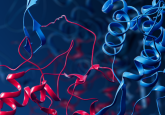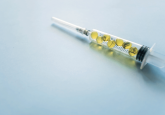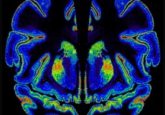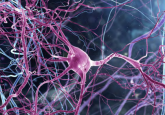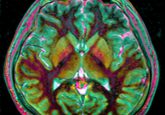Navigating gene expression with MERFISH – the Google Maps of biology
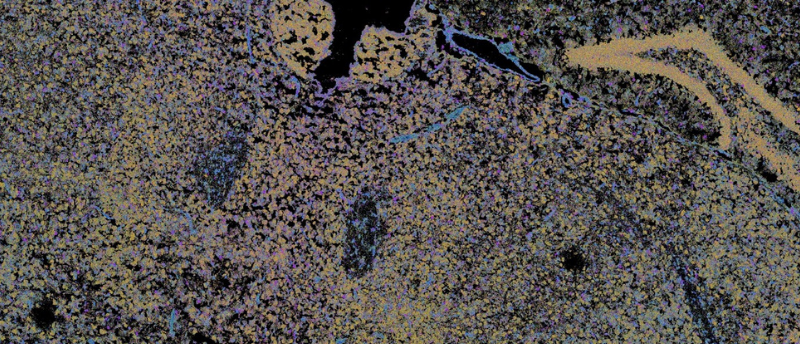
A new, easy-to-use platform to streamline MERFISH experiments – a method to analyze the molecular composition and spatial information of cells with significantly increased multiplexing capabilities compared to previous methods – has been developed, paving the way towards a vastly improved understanding of tissue biology. Multiplexed error-robust fluorescence in situ hybridization, or MERFISH for short, was developed by researchers at the Zhuang Research Lab (Harvard University; MA, USA), and is a single-cell transcriptomics imaging method that measures the spatial distribution of RNA species in cells. Aisha Al-Janabi talks about this technique with George Emanuel (left), who researched ways to expand...
To view this content, please register now for access
Join our member community for FREE to access a collection of journal and online-only features, including:
- Exclusive access to educational videos, eBooks and insights into top BioTechniques journal articles
- The latest news and journal updates delivered straight to your inbox when you want it
- Personalized recommendations for the latest member-exclusive podcasts, interviews and expert opinions
- Priority registration to webinars, panel discussions and events
- Access to competitions and journal publication discounts, including 10% off open access fees when you sign up today!
